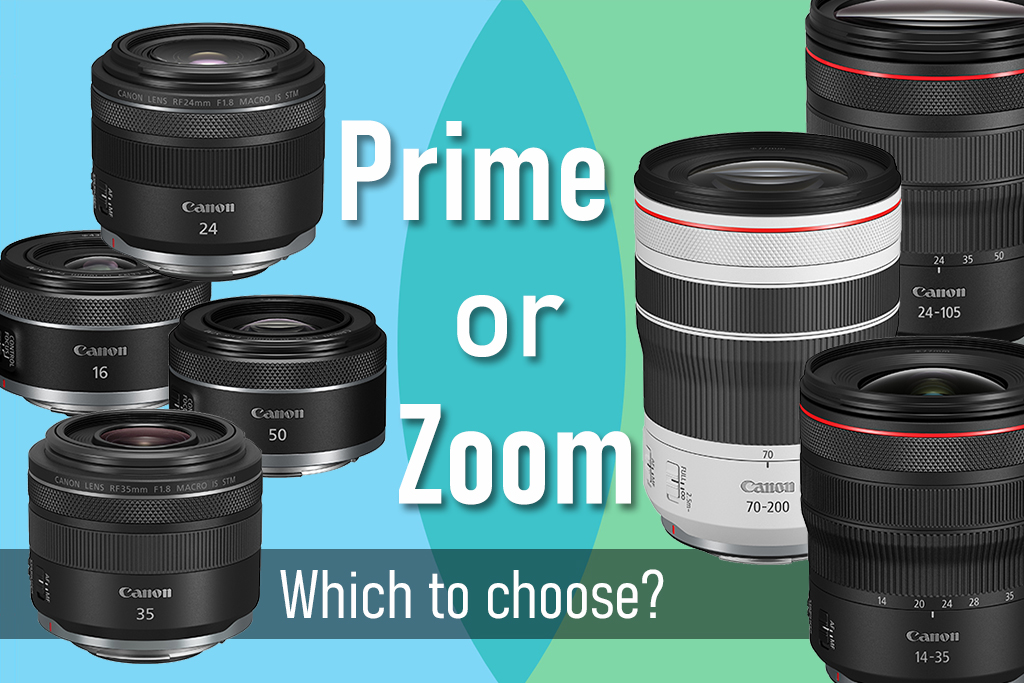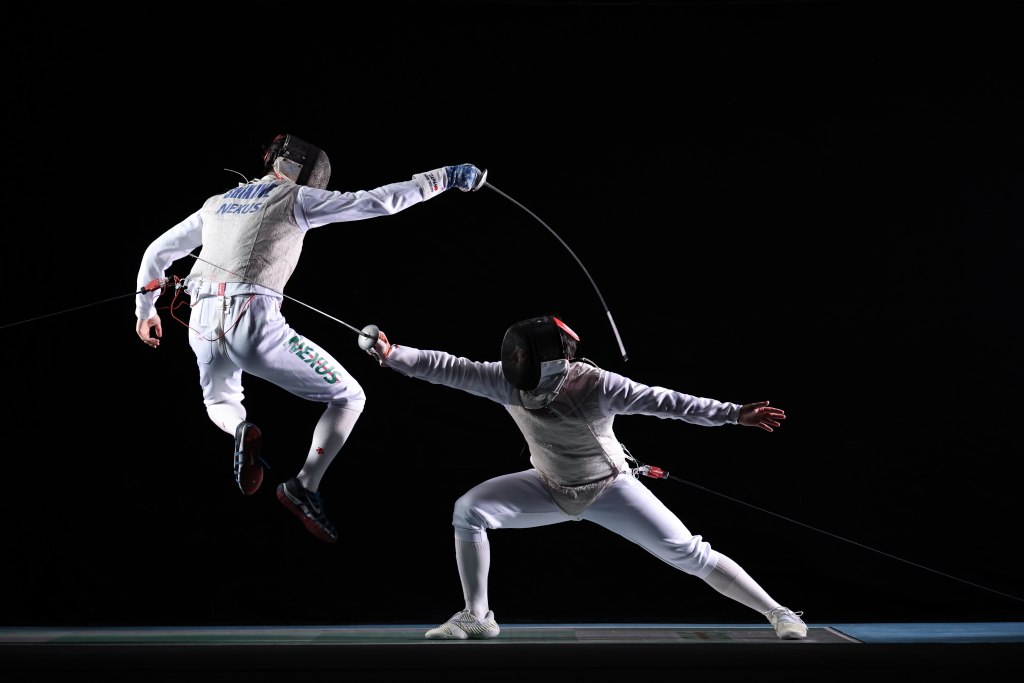What is a prime lens/zoom lens?
Down to the basics: What is a prime lens/zoom lens?
A zoom lens is a lens that covers a range of focal lengths (angles of view), which is usually indicated on the lens. It lets you get a closer or wider shot of a scene when you turn the zoom ring.
Meanwhile, a prime lens has only one specified focal length, which is why it is also called a “fixed focal length lens”.
How to tell a prime lens from a zoom lens?
The easiest way to differentiate the two is through the lens name!

If the lens’ name shows only one focal length, it is a prime lens.
If the lens’ name shows a focal length range, it is a zoom lens.
Now that we’ve got the definition, let’s explore when it might be better to get a zoom lens, and when to get a prime lens.
1. Is size important?
You may have the impression that prime lenses are smaller than zoom lenses. That’s generally true between lenses of the same class, although just how much smaller also depends on the focal length and other factors. One reason for the size difference is physics: a zoom lens involves more optical components and requires more space within the lens barrel to work.
Zoom lens configuration example
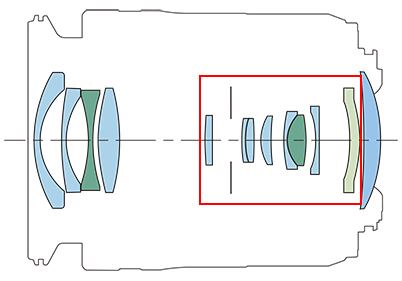
The lens configuration of the RF15-30mm f/4.5-6.3 IS STM at the wide end (15mm). The lens groups in the red frame move during zooming.
Prime lens configuration example

The lens configuration of the RF16mm f/2.8 STM. Like the RF15-30mm f/4.5-6.3 IS STM, this is an ultra-wide-angle lens; however, less space is needed as the lens has no zoom elements.
Therefore, the short answer is: A prime lens will most likely be lighter and smaller than a zoom lens that covers the same focal length and is of the same class.
Know this: Focal length range alone doesn’t determine the size and weight of a lens
Prime lenses are not always smaller and lighter than zoom lenses. There are other factors that influence lens size, including:
- Being a telephoto/ super telephoto lens: Due to physics, long focal lengths usually require a longer lens barrel.
- Whether it’s a professional grade lens: Professional grade lenses (L lenses) contain more lens elements and a more robust build to ensure better optical quality and durability, even under challenging weather conditions.
- Maximum aperture: A very wide maximum aperture usually requires larger lens elements, although how this balances out depends on lens design and other factors.
Some of Canon’s smallest, lightest RF lenses

RF50mm f/1.8 STM
Known as a “nifty fifty” because of its versatility, this lens is what many people think of when they see the term “prime lens”.
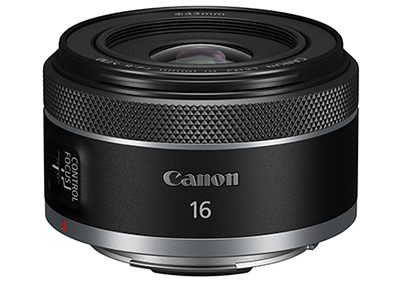
RF16mm f/2.8 STM
Canon achieved an engineering feat when they created this fast, compact, and lightweight ultra-wide-angle lens! This is the smallest ultra-wide-angle lens in the RF lens lineup, at least for now.
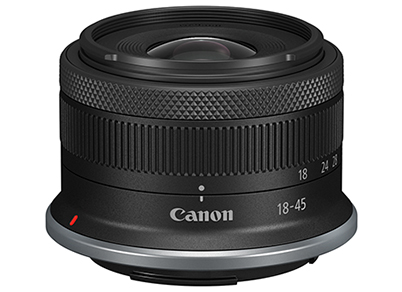
RF-S18-45mm f/4.5-6.3 IS STM
Designed for APS-C cameras, this tiny standard zoom lens is just over 4cm long when fully retracted and weighs only around 130g. However, you can also use it with a full-frame EOS R camera in 1.6x crop mode. It provides a full-frame equivalent angle of view of 29 to 72mm.
Remember: Crop factor for APS-C cameras
If you are using an APS-C camera, the angle of view you get is equivalent to 1.6x the focal length in the lens name, e.g., a 50mm lens works like an 80mm lens.
2. Do you need a large maximum aperture?
2. Do you need a large maximum aperture?
There are two main reasons why a photographer might want a lens with a large maximum aperture (“fast lens”): low-light performance, and bokeh.
The simpler optics of prime lenses also makes it easier to incorporate a larger maximum aperture into them without as much impact on size and cost. That’s why even the most affordable prime lenses can go as fast as f/1.8!
Low-light performance
EOS R3 + RF135mm f/1.8L IS USM @ f/1.8, 1/1600 sec, ISO 3200
With a fast lens, you can use a faster shutter speed to freeze action or avoid camera shake, while keeping the ISO speed low to avoid image noise. For example, this image was shot at 1/1600 seconds to freeze the action of the fencers.
Know this: As Canon lenses meter light at full aperture, a faster lens also helps AF performance in low-light conditions.
Bokeh
One easy way to achieve beautiful, creamy bokeh is to use a larger aperture, and the largest apertures are on prime lenses.
EOS R5 + RF85mm f/1.2L USM @ f/1.2, 1/2000, ISO 200 (EV+1)
Beautiful, creamy background bokeh at f/1.2. As it allows you to keep a comfortable distance away from subjects, 85mm is an easy focal length to work with for portraits of people, too!
EOS R5 + RF135mm f/1.8L IS USM @ f/1.8, 1/3200 sec, ISO 400
A longer telephoto lens enhances the bokeh obtained at a wide aperture.
3. How much physicality do you want?
4. Do you need more versatility?
3. What’s your shooting style? How much space do you have to move?
4. Are you looking for a lens with lots of versatility in one body?
We’ll talk about these two points together.
Prime lenses: Lots of physicality—great for making unexpected discoveries!
With a prime lens, shooting is a very physical affair. You’ll have to move closer to the subject to get a closer shot, and move further back if you want something wider. In other words, you have to “zoom with your feet”. Some photographers may find this more intuitive than turning a zoom ring, and it certainly trains you to be faster on your feet—or risk missing the shot!
If you’re stuck in a rut or looking for new perspectives, you might even find the challenge of working with only one focal length refreshing. As you move around trying to find something that works with what you have, you not only think more and make new discoveries, but also put your composition skills to the test!
Shot on the RF16mm f/2.8 STM
A discovery made while trying close-up shots on a walk with the RF16mm f/2.8 STM. With the help of the f/2.8 bokeh, the deep bluish-green fence adds an interesting texture but also balances out the warmer greens, enhancing the lilac-pink flower.
Shot on the RF16mm f/2.8 STM
It’s tempting to zoom into subjects that capture your attention, but what if you can’t? Being restricted to 16mm forced the photographer of this shot to attempt to try other ways to draw attention to the hut, such as contrasting colours and leading lines. What would you have done?
Also see:
3 Deceptively Simple Challenges to Level Up Your Photography Skills
Wide-angle prime lenses with macro capabilities
The small, lightweight prime lenses introduced in 1. make great companions for exploring angles. For even more possibilities, try these prime lenses that also enable close-up shooting with at least 0.5x magnification.
Choosing a prime lens: Do you favour particular focal lengths?
This knowledge will help you decide on what prime lens to get. Most people have a particular focal length that they subconsciously favour. Assess the shots you took on your kit lens or favourite zoom lens—if a lot of them were taken at around 35mm, for example, a 35mm prime lens might provide you with the most utility.
Of course, if you want to break out of your own mould, you’re welcome to get a prime lens in a focal length that you rarely use—it will probably be more affordable than a zoom lens in the same class. How about the RF600mm f/11 IS STM or RF800mm f/11 IS STM, which are focal lengths that zoom lenses usually don’t cover?
Zoom lenses: For easier compositional flexibility
For constrained spaces where you can’t move around as much, or if you simply want the convenience of taking a mix of closer and wider shots without moving much or changing lenses, zoom lenses provide the best versatility.
24mm

50mm

70mm

240mm

All images shot on the RF24-240mm f/4-6.3 IS STM @ f/8, 1/160 sec, ISO 100
In some situations, simply moving closer might not get you closer to the details. For example, the details in the pavilion above would not be visible from right under it. A zoom lens provides you with the option to change the field of view while staying in the same spot.
Know this: Variable aperture and constant aperture zoom lenses
The challenge of designing large aperture zoom lenses means that most budget or lightweight zoom lenses tend to be variable aperture lenses, where the maximum aperture becomes narrower at longer focal lengths. For example, on the RF-S18-150mm f/3.5-6.3 IS STM, the maximum aperture at the 150mm end is f/6.3.
The relationship between maximum aperture and focal length on a variable aperture lens
(In reality, the rate of decrease in maximum aperture is less consistent and depends on the lens design.)
If you need the versatility of a zoom lens, but also want it to have the same aperture across the entire focal range, be prepared to invest in one with a constant aperture. These are professional grade (L-series) lenses and cost more, but they also have weather sealing, which makes them more durable even in harsh weather conditions.
Examples of constant aperture zoom lenses
f/4 zoom lenses
f/2.8 zoom lenses
However, if you want to supplement your kit lens’ focal length on a budget, or are looking for better portability, try these variable aperture zoom lenses
Examples of variable aperture zoom lenses
A set of wide-angle, standard, and telephoto lenses is known as a “lens trinity” because the wide focal range they offer together should be enough to handle most scenes. The f/2.8 or f/4 trinities are good to have if you want maximum versatility, but of course, you can mix and match depending on your needs!
For the highest framing flexibility, try a superzoom lens
*A superzoom lens is a zoom lens that covers wide-angle focal lengths all the way to medium telephoto or telephoto focal lengths—a good choice for travel!

RF24-240mm f/4-6.3 IS STM
With its 10x zoom, this lens combines versatility with excellent image quality. When used on a full-frame EOS R camera, turn on the 1.6x crop mode to extend the reach further to 384mm equivalent.
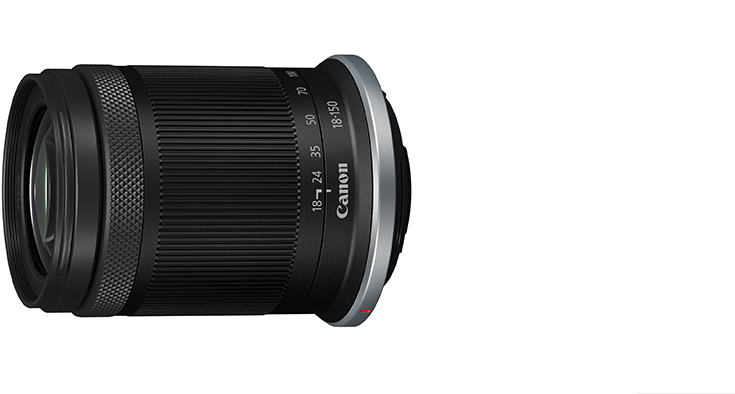
RF-S18-150mm f/3.5-6.3 IS STM
Designed for APS-C EOS R camera users (or full-frame EOS R users who prioritise portability), this lens weighs only 310g. It covers a full-frame equivalent focal length range of 29 to 240mm.
If superzooms are so compact and versatile, why do people still buy variable aperture zoom lenses with less extreme zoom ranges? The answer is in the last point.
5. Is optical quality important?
5. Is optical quality important?
You may have heard that prime lenses are sharper than zoom lenses. This is because it takes more effort to create a zoom lens with consistently good optical quality throughout the entire focal range. There are more aberrations to correct, as different lens aberrations occur at different focal length ranges. In comparison, lens design needs to be optimised for only one focal length on prime lenses!
The more extreme the focal range offered, the more difficult it is to ensure a certain level of optical quality all throughout. This is why superzoom lenses have a reputation for poorer optical quality, and why zoom lenses that handle only one type of focal range (wide-angle, standard, or telephoto) remain popular. It is also why photographers who are very particular about image quality often prefer prime lenses.
Know this: High-performance zoom lenses
With technological advancements, professional zoom lenses can have quality that is on par with professional prime lenses. For example, the RF28-70mm f/2L USM is often described as being as sharp as “four prime lenses in one body”. However, the many corrective optics involved add to the size and weight of the lens, which might impact mobility. Even so, depending on your preferences, you might feel that carrying around one big but fast and high-quality zoom lens is more convenient and a better investment than multiple prime lenses.
Conclusion: Do I want a zoom or a prime for my next lens?
After reading the points above and assessing your budget, you should have a better idea of the pros and cons of each kind of lens. The next step is to assess your current lens assets. What limitations are you feeling? Which lenses will fill in the gaps?
There’s no right or wrong answer or “perfect” lens arsenal—even professional photographers mix and match lens types according to their preferences and needs.
What will your next lens be?
|
(Comparisons are with zoom lenses in the same class) |
|
| Advantages | Disadvantages |
| - Generally more affordable - Generally smaller and lighter - Sharper - Larger maximum aperture, better bokeh - Better low-light performance - Trains your composition - “Zoom with your feet” feels more intuitive to some people |
- Only one focal length - Need to physically move to zoom - Composition is more challenging |
| Zoom lenses (Comparisons are with prime lenses in the same class) |
|
| Advantages | Disadvantages |
| - Versatility: multiple focal lengths in one body - Convenience |
- Smaller maximum aperture - Bigger and heavier - Might not be as sharp |































